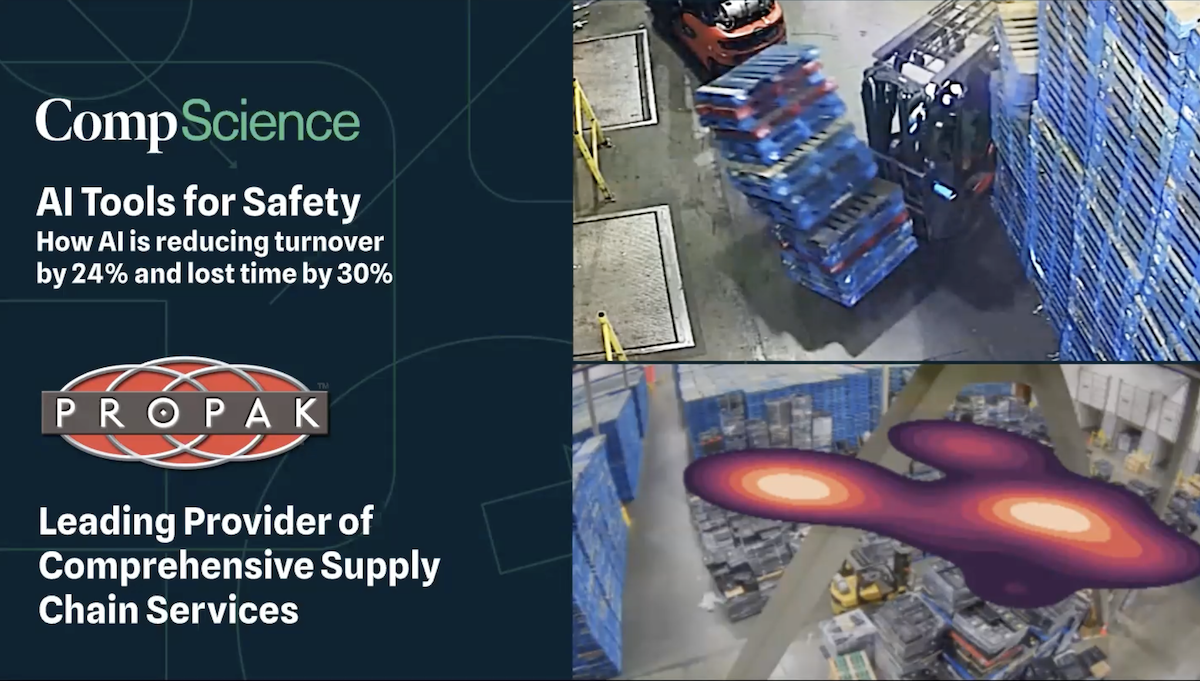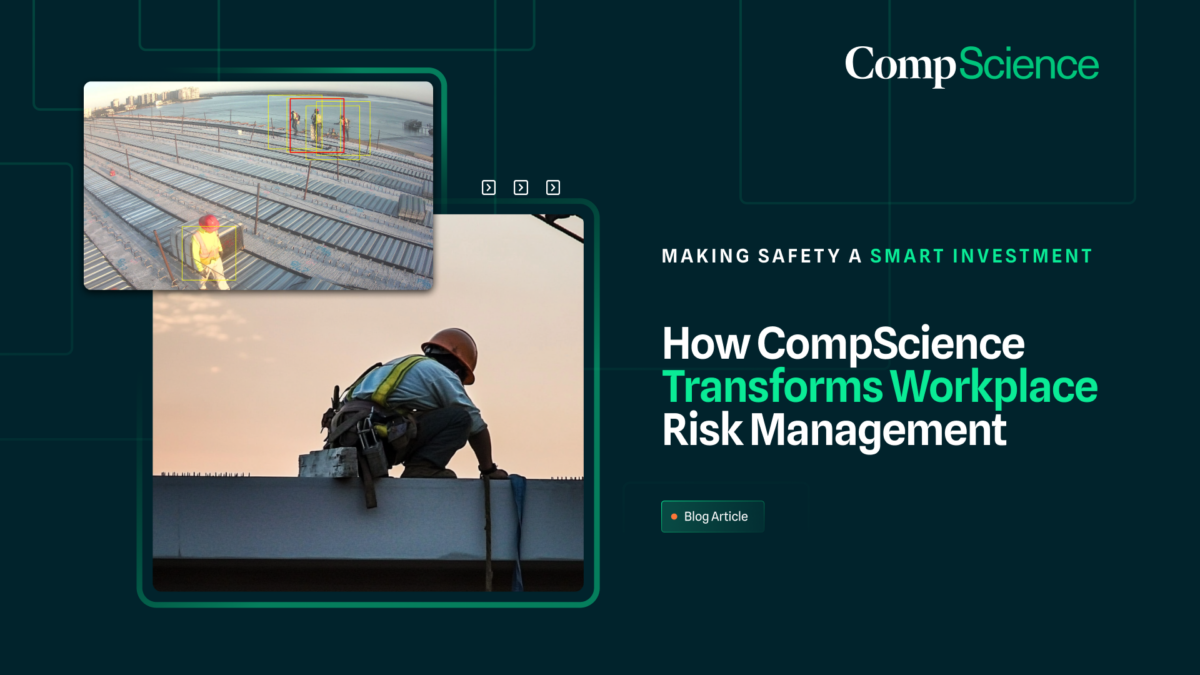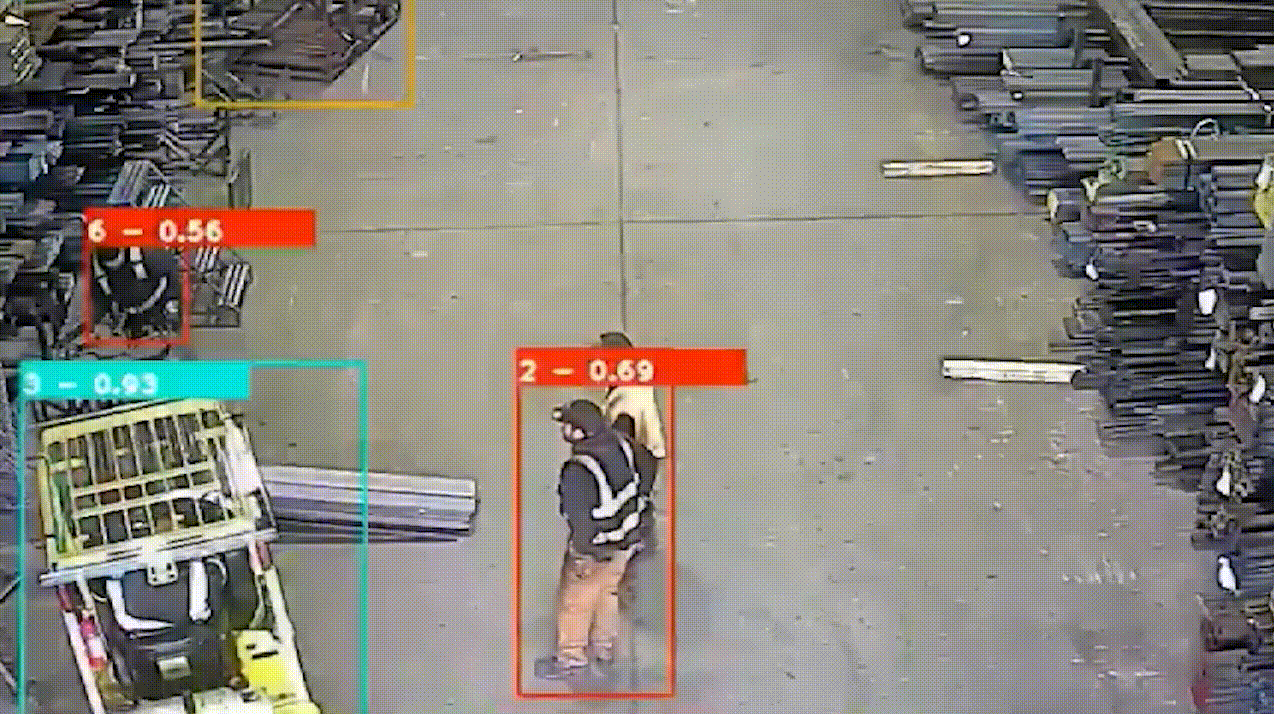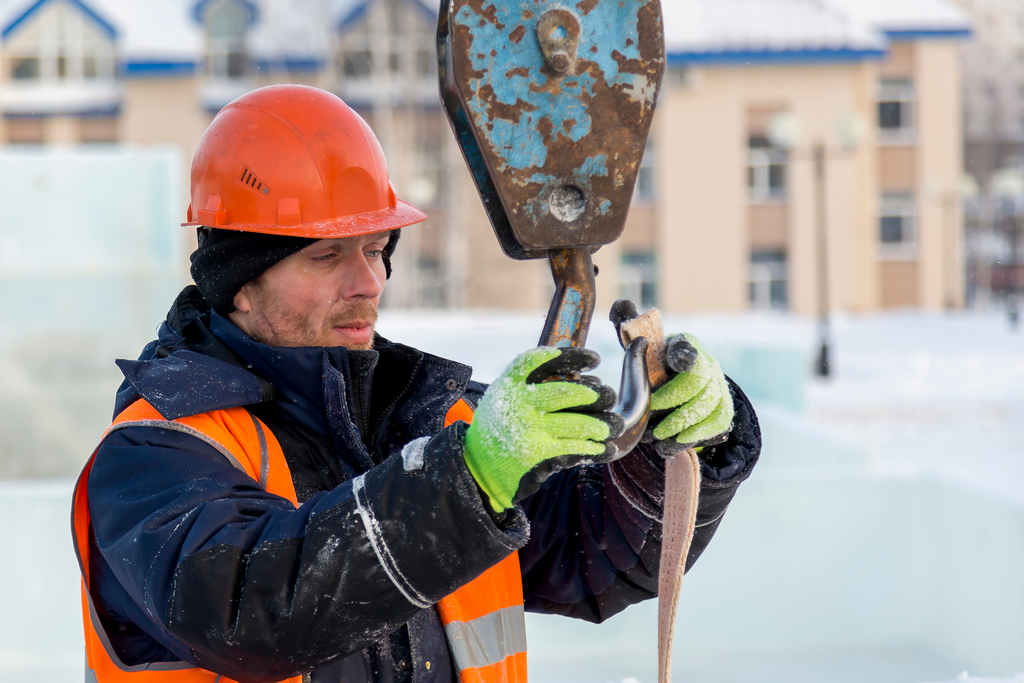AI, Resources, Workplace Safety
Can Accidents in the Workplace Be Prevented?
Workplace accidents are a significant problem in many industries, leading to injuries, lost productivity, and increased costs for businesses. While a number of strategies exist to prevent accidents, advances in computer vision technology have opened up new possibilities for improving workplace safety.
Computer vision is a field of artificial intelligence that focuses on enabling computers to interpret and analyze visual information from the world around them. This technology has a number of applications in the workplace, including in the field of safety.
Here are a few ways that computer vision can be used to prevent workplace accidents:
- Identifying hazards: Computer vision can be used to identify potential hazards in the workplace, such as objects or equipment that are obstructing pathways or creating tripping hazards. By using machine learning algorithms to analyze visual data from the workplace, computer vision systems can identify potential hazards in real-time and alert workers to take corrective action.
- Monitoring workers: Computer vision can be used to monitor workers and detect when they are engaged in unsafe behavior, such as not wearing proper protective equipment or operating machinery incorrectly. By using computer vision to monitor workers in real-time, safety managers can intervene and provide corrective feedback to prevent accidents from occurring.
- Analyzing near-miss incidents: Near-miss incidents, or situations where an accident nearly occurred but was prevented, can be valuable sources of information for preventing future accidents. By using computer vision to analyze video footage of near-miss incidents, safety managers can identify patterns and trends that can be used to prevent future accidents.
- Providing real-time feedback: Computer vision can be used to provide real-time feedback to workers, alerting them when they are engaging in unsafe behavior or when hazards are present in the workplace. This can help prevent accidents from occurring by providing workers with immediate feedback and corrective action.
One example of computer vision technology being used to improve workplace safety is the use of smart helmets in the construction industry. These helmets are equipped with cameras and sensors that monitor the worksite in real-time, identifying potential hazards and alerting workers to take corrective action. In addition, the helmets can be used to monitor worker fatigue levels and provide real-time feedback to prevent accidents caused by exhaustion or distraction.
Another example of computer vision technology being used to prevent workplace accidents is the use of machine learning algorithms to analyze video footage of workers in hazardous environments, such as oil rigs or chemical plants. By using computer vision to monitor workers and detect unsafe behavior, safety managers can intervene and provide corrective feedback to prevent accidents from occurring.
While computer vision technology has the potential to significantly improve workplace safety, it is important to note that there are also potential drawbacks and limitations to this technology. One major concern is the potential for biases to be introduced into computer vision systems, leading to inaccurate or unfair assessments of worker behavior. Additionally, there may be concerns around privacy and worker surveillance, as computer vision systems may be seen as intrusive or invasive by some workers. This is why it’s important not to use facial recognition with workplace safety solutions.
In order to address these concerns and ensure that computer vision technology is used ethically and effectively, it is also important to involve workers in the development and implementation of these systems. This can involve providing workers with training and education on how computer vision works, as well as soliciting feedback and input from workers on how to improve these systems.
In conclusion, computer vision technology has the potential to significantly improve workplace safety by identifying hazards, monitoring worker behavior, and providing real-time feedback. However, it is important to address concerns around biases, privacy, and worker involvement in order to ensure that this technology is used ethically and effectively. By combining computer vision technology with other proactive safety measures, businesses can take a comprehensive approach to preventing workplace accidents and creating a safe and healthy work environment for all employees.









